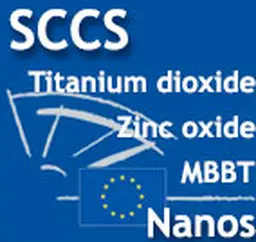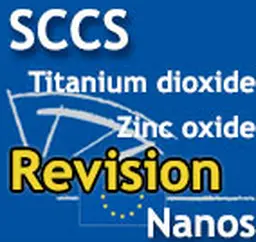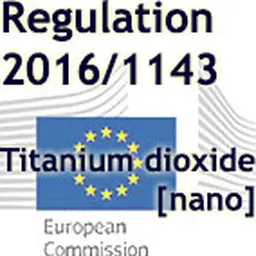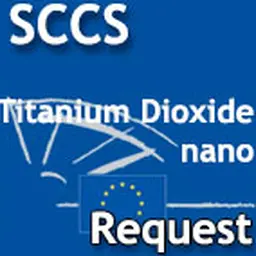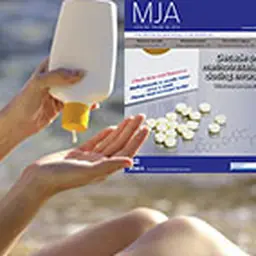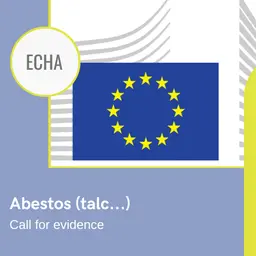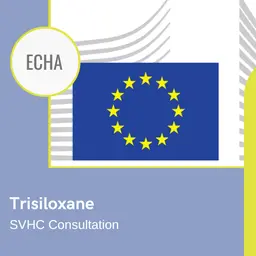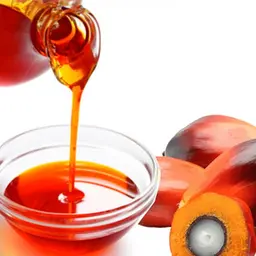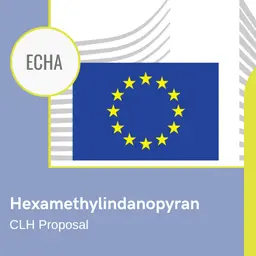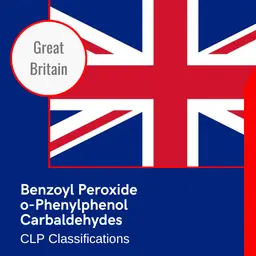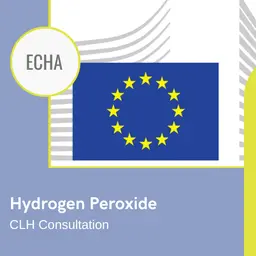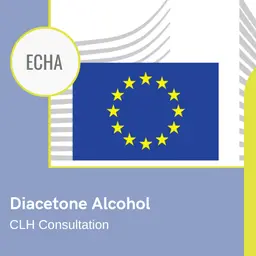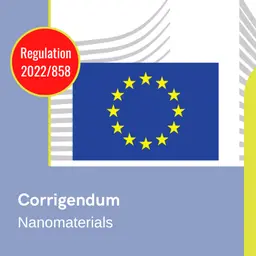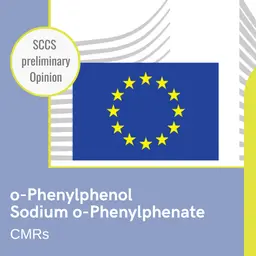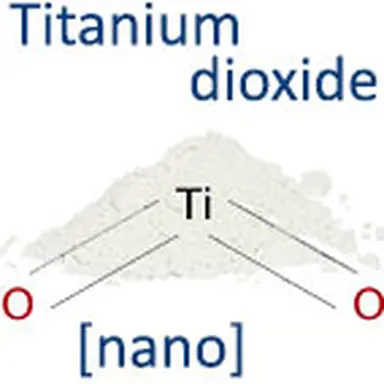
It is part of many cosmetic formulas, usually as a sunscreen or colourant. It is also involved in all controversies on its toxicity, especially when it is used in the form of nanoparticles. Titanium dioxide, as it is designated in the INCI, or TiO2 for close friends, is a widely covered ingredient in the media.
The cosmetics industry does not have the sole right to use titanium dioxide. This mineral powder is composed of oxygen and titanium and purified in a laboratory, and it is used in paint, lacquer, printing inks, plastics, rubber, synthetic fibres, paper, enamel, ceramic, building materials, leather, pharmaceuticals, foodstuffs…
Three-use titanium
Easily soluble in oil or any other fat like glycerides, titanium dioxide has three main applications in cosmetics, which are recognized by the official nomenclature of ingredients.
Opacifier, bulking agent
Like many others, its powder can be used to make cosmetics more consistent, for example in makeup powders, or to adjust the transparency or consistency of a cream texture.
In this form, its name in the list of ingredients is Titanium dioxide.
But this use remains quite rare, compared to the two others.
Colourant
Titanium dioxide is a very intense white pigment. That is why it can be incorporated to skincare creams or milks, hygiene products like toothpaste, and of course, all makeup product types.
In this case, its highly-covering properties combine with a very useful optical effect in anti-aging products: indeed, its spangles, which are directed parallel to the skin’s surface when the product is applied, tend to accumulate preferably on the skin’s surface, reproducing the epidermal continuity and giving the impression wrinkles are softened.
In this form, its name in the list of ingredients is CI 77891.
UV-filter
Lastly, as it forms a stable physical barrier against UV rays, titanium dioxide is used for its capacity to reflect UVBs and, to a lesser extent, UVAs. Therefore, it is no surprise it can mainly be found in sun protection products, but also in skincare creams with an SPF or BB creams.
In this form, its name in the list of ingredients is Titanium dioxide.
Initially, it was used in its micronized form (reduced to a very thin powder) mainly by natural and organic cosmetics brands, for which it represented an efficient alternative to synthetic filters. But, similarly to zinc oxide, to which it is often combined, it had the disadvantage of forming an unsightly white film on the skin. So, to find a remedy for this, the cosmetics industry reduced titanium dioxide particles to even thinner a powder, down to less than 100 nanometres, which made this ingredient become considered as a nanomaterial.
Risk-free titanium?
If it was long presented as absolutely safe for use, stable as a colourant, a natural alternative to synthetic UV-filters suspected of toxic secondary effects (endocrine disruption, allergy, harmfulness for marine corals…), titanium dioxide’s safety was questioned for two reasons.
A carcinogenic powder?
First, it was the IARC (International Agency for Research on Cancer) that classified it in the 2B category of substances likely to be carcinogenic to humans, since studies had shown that high concentrations of this mineral might trigger lung cancers in animals, following processes also observed in men working in environments where it can be found in high concentrations in the form of dust.
However, it should be noted that the risk only exists if a high quantity of titanium dioxide powder is inhaled, in particular at work, therefore, not in the texture or concentrations used in cosmetics, except maybe for those available in aerosols.
Nano-toxic?
The second alert, which, this time, mainly has to do with the use of this substance in sun products, concerns its nanoparticle form.
The debate regarding the possible toxicity of nanomaterials is far from settled.
Preliminary studies have shown that these nanoparticles might prove toxic for the human body, in particular by producing free radicals and damaging the skin cells DNA.
Besides, they allegedly present a significant transdermal penetration potential when their size is less than 100 nanometres, which is questioned by certain studies.
Some research work also target their potential deleterious effects on the brain, their capacity to form harmful oxidants for the skin under the effect of sunlight, or their harmful effects on the environment, in particular for aquatic environments.
In a 2001 evaluation, AFSSAPS (today’s ANSM, the French National Agency for Medicines and Health Products Safety), concluded there was a risk that could not be excluded.
The titanium law
Given the recurring concerns and doubts, the case was referred to the European authorities in charge of setting up the Cosmetics Regulation: first, they created a special regime for all nanoingredients, and then they specifically focused on titanium dioxide (among other nanos).
Nanos under surveillance
Since the new Cosmetics Regulation came into force on July 11, 2013, all nanoingredients have had to be clearly indicated in the list of ingredients mandatory on cosmetics labels. They must be mentioned followed by the [nano] indication. This provision was instituted for more transparency for consumers, who are free, once they have been well-informed, to choose to use cosmetics containing nanos or not.
Another new practice was introduced in the Regulation: all ingredients in the nanoparticle form must be notified to the European Commission six months before products containing nanos are placed on the market. Then, in the meantime, it is up to the Commission to evaluate whether products comply with the related safety requirements or not.
To this aim, the Scientific Committee on Consumer Safety (SCCS) studies the safety assessment file the cosmetics manufacturer must provide, in accordance with the precise rules laid down by these same experts.
This principle is very similar to that of an authorization prior to placing products on the market, and everything was done to reassure people about the safety of nanoparticles. Nevertheless, it does sometimes involve a few technical difficulties. Indeed, it is still complex today to accurately characterize a nanomaterial or evaluate the result of the phenomenon of particle agglomeration with certainty, as particles can transform a nano powder into a non-nano compound in the finished product formula… And it is pretty tricky to assess the safety of an ingredient if we do not know for sure whether it should be considered as a nano or not.
The authorization process for nano-TiO2
Notifying all nanoingredients and waiting for six months before being able to launch a product on the market represented burdensome constraints for the industry, both for regulatory services and marketing teams.
As a result, it was decided the SCCS would carry out a safety assessment for the most widely used nanoingredients: once deemed safe for use, they could be added to the list of authorized ingredients and be exempt from prior notification.
Of course, it is the case of nano-titanium dioxide.
Therefore, it was assessed by the experts Committee, which gave its Opinion in July 2013. Conclusion: “The use of TiO2 as a nanomaterial at a concentration up to 25%, as a UV-filter in sunscreens, can be considered to pose any risk of adverse effects in humans after application on a healthy, intact, or sunburnt skin.”
It sounds like an authorization for this substance, but it does come with a few reservations. The experts limited their opinion to certain forms of nano-titanium dioxide, added that their opinion did not apply to “applications that might lead to inhalation exposure to TiO2 nanoparticles (such as powders or sprayable products)”, and emphasized the fact that it “[was] based on the currently available scientific evidence which shows an overall lack of dermal absorption of TiO2 nanoparticles, [but that] if new evidence emerges in the future, showing the TiO2 nanoparticles used in sun cream formulations can penetrate the skin (healthy, irritated, or damaged skin) and reach viable cells, the SCCS may consider revising this assessment.”
Nano-titanium dioxide, an official UV-filter
It was thought that the case was over… but, with one twist and another, it was in fact far from over.
First, it was the industry that tried to obtain the validation of the SCCS for use in spray products (a term that the scientific experts clarified and clarified in order to establish its scope), even if only up to 5.5%.
Meanwhile, studies continue to accumulate, the French ANSES proposes a harmonised classification of TiO2 as a category 1B carcinogen, which ultimately threatens its use in cosmetic products where CMRs are banned… And it was only in 2016 that nano-Titanium dioxide was included in Annex VI of the Cosmetics Regulation and became an authorised UV filter, subject to compliance with numerous quality criteria… and still not in sprays.
But the story continues… TiO2 is now officially classified as CMR, and banned in food. The cosmetics industry fights for its defence and only partially wins. Nano-Titanium dioxide, although CMR, is not banned, but it is only authorised in sprays at low concentrations deemed safe by the SCCS: 1.4% in consumer products, 1.1% for professional use.
And nothing says that this is the last chapter in the long epic of nano-TiO2…

